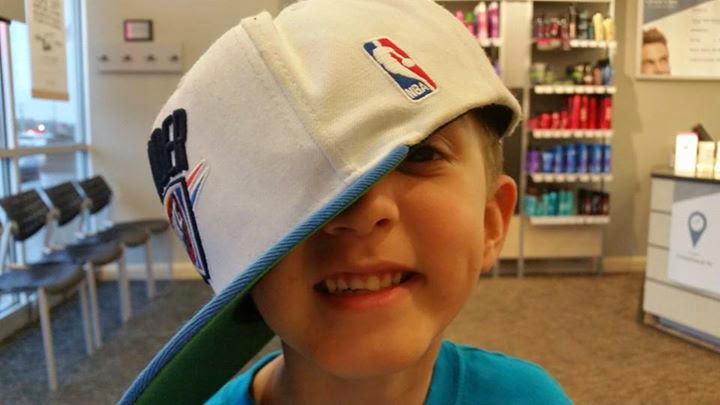How to Teach Kids to Learn

Kids naturally learn. It’s what they do. In the dictionary it should describe children as “Small humans who obtain knowledge at dizzying speeds with the express intent of driving their parents insane”.
As parents, our concern is what they are learning from whom. Our hope is that they are being influenced by parents, teachers, and coaches etc. The truth is that they are primarily influenced by video games, YouTube videos and their friends, mostly their friends. It is possibly even better that way.
We want them to learn skills that will be useful to them as they grow older. Reading, writing and arithmetic come to mind. The ability to use a computer and communicate clearly are invaluable skills as well. But it is hard to tell if they are learning anything. So, we turn to tests which suck the fun right out of everything. A test converts the tendency to learn into something to be avoided. Learning has become a dirty word that conjures up visions of being bored half to death while old people talk endlessly.
To make things worse, testing is very hard to accomplish. How does one know that a kid has learned what they need to know? Our answer has been to standardize what we teach them. There has to be a definite right answer to determine wrong answers. It also allows us to gauge their progress against the progress of other students. Nevermind that different people have different talents. Nevermind that we NEED different people to have different skills.
School has become this place where we send our kids to learn how to memorize facts and follow instructions. Most of them take it to heart and spend their lives looking to be told what to do next. Some of them rebel and look for every opportunity to give the middle finger to authority often at their own expense. A small few learn to lead the way.
Why do some kids lead while others follow? Where do the leaders find the courage to do their own thing? The answer is confidence or even arrogance. At some point the kid took a chance and it paid off. This almost always meant that he learned to fail the right way. Or that she learned to treat a mistake like a setback instead of an excuse to quit. The trick was to find something they wanted so badly that they were willing to risk failure to get it.
So what should we do?
Learning is easy when it is needed for something awesome. Sometimes it just takes a little push. At our house, we are trying out an experiment. The idea is to always have some kind of creative project in the works. We define creative as something that the project owner considers art. We give each other daily updates as is possible. The updates consist of what you’ve done and what you intend to do next. It’s as simple as that
There are a few rules:
- There are no size, type or time limits, as long as you are actively participating.
- No physical help. Questions are fine but the project should be completed alone
- You can not buy the end result of your project. You can however buy ingredients.
- If you need to buy a resource / ingredient, you must use your own money.
- What’s Next Updates should have a tangible result. No saying, I’m going to think about it.
- If you haven’t made any progress within a week, it means your project wasn’t exciting enough. You should choose something new.
- When a project is finished or abandoned, a new one must take it’s place.
- You must love and care about your project.
The goal is to create an environment that encourages taking on risk. It is my hope that we learn that the more you put into something the more satisfaction you get from it’s completion. I hope we learn that failure is a necessary part of learning. I also hope that we learn to take pride in our work. Taking on bigger and more elaborate projects over time is the goal.
Kids do not spontaneously lose interest in learning. We train them to avoid it by trying to force them to prove how much they’ve learned. If we want to teach kids to learn we must encourage them to create art that they love. It will give them the courage they need to lead instead of abstain or follow.